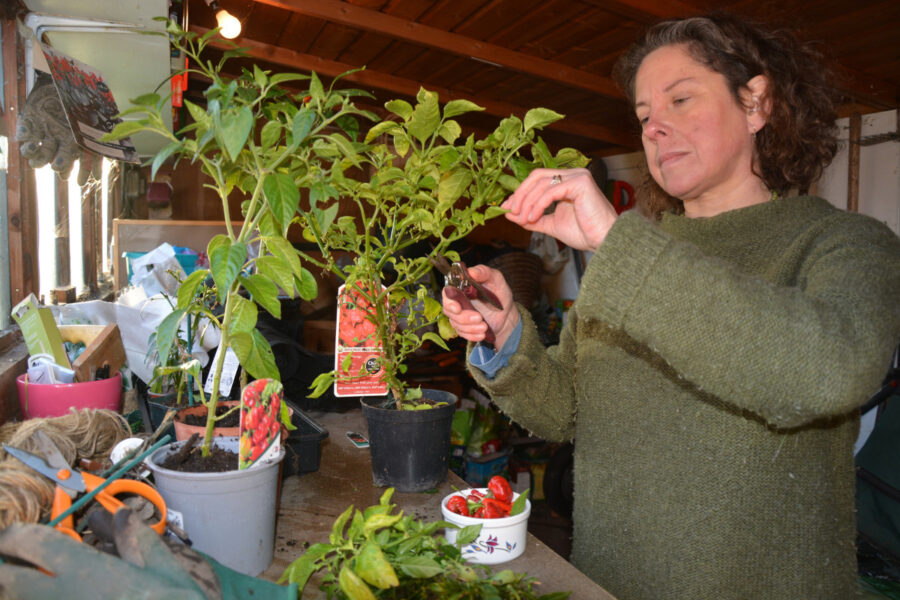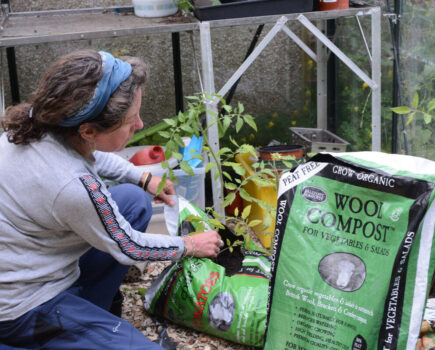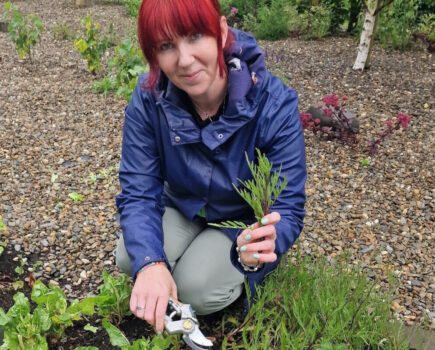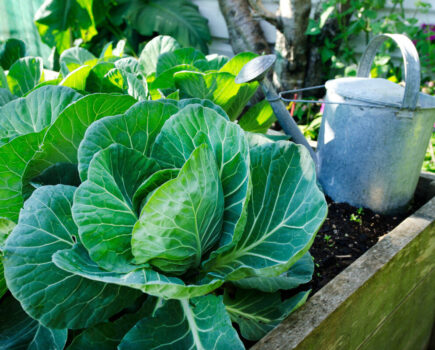Use the darkest days to plan the next year’s gardening
I find that one of the best ways of keeping positive through winter (apart from escaping into the garden when the weather is kind enough) is to draw up what I want to do and grow next year.
Whether it’s larger projects such as designing and building a new seating area or pergola, or revamping a border by moving plants around, there is always something to get excited about and plan as I wander around and contemplate our sleeping beds.
This includes searching for early-sow seeds and in those quietly discombobulating, ‘no man’s land’ days between Christmas and New Year I’ll be cleaning my heated propagators and and scouring online for the best chilli, aubergine and tomato seeds to get a arch on next year’s crops.
Heated propagators, are a boon for gardeners who like to get an early start, especially as the hotter chilli varieties can take a long time to mature and fruit.
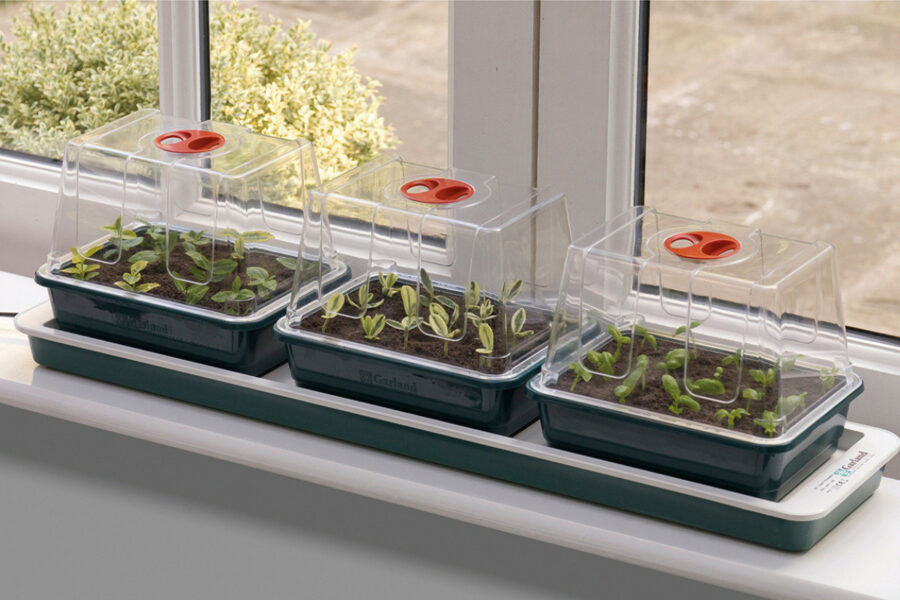
Heated propagators gently coax the seeds into growth and reduce the risk of fungal diseases, such as damping off, which thrive in compost that sits cold and clammy.
Our chillies did really well this year, and although they took their own sweet time to get going, they provided us with an impressive colourful (and hot) crop.
This week I’ve been getting them ready for overwintering and keeping my fingers crossed that they will regenerate next spring.
After harvesting the remaining fruits, I composted the most unhealthy plants and cut back the rest, leaving just the stems and a few short branches. They are going to spend winter in a cool bedroom, and I’ll reduce watering and stop feeding them until spring when I’ll re-pot them into fresh compost and hopefully they will burst back into life.
How to dry chillies
Hang them on cotton thread to dry
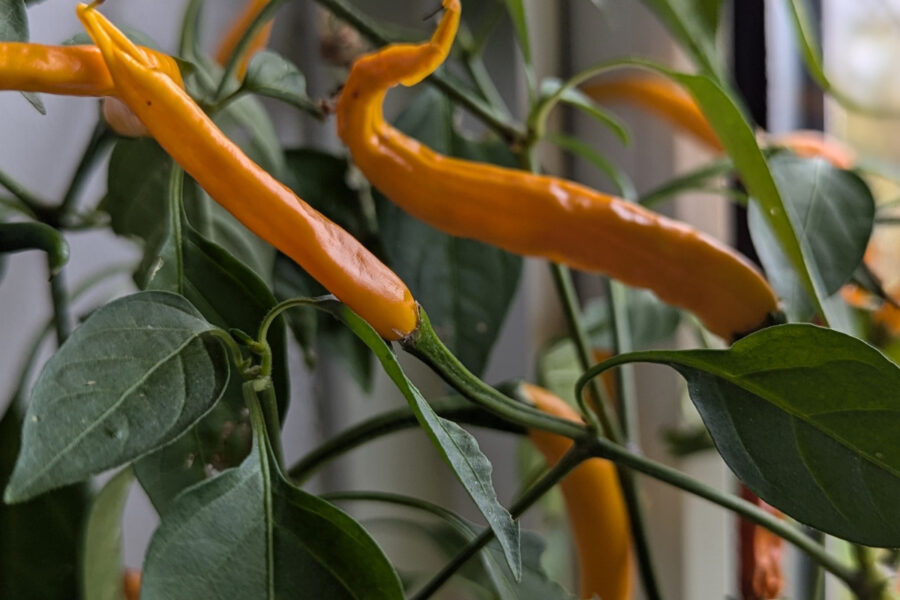
1. Cut the chillies from the plant, leaving a small length of green stem attached. Discard any rotten fruits.
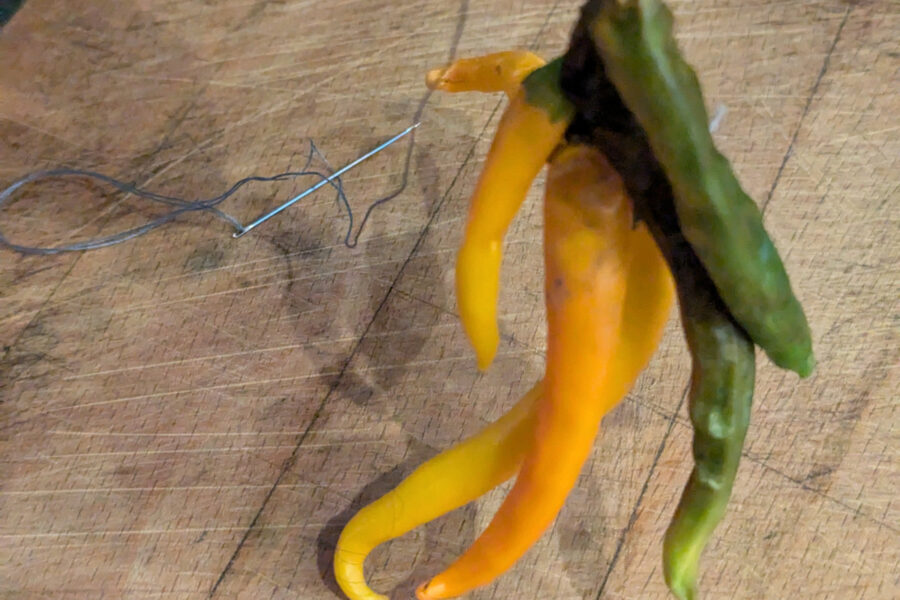
2. With a needle and thread, sow the chillies together into a long line, then hang them in the kitchen to pick and use as and when you need too. They make funky culinary Christmas decorations!
Nurturing your houseplants through winter
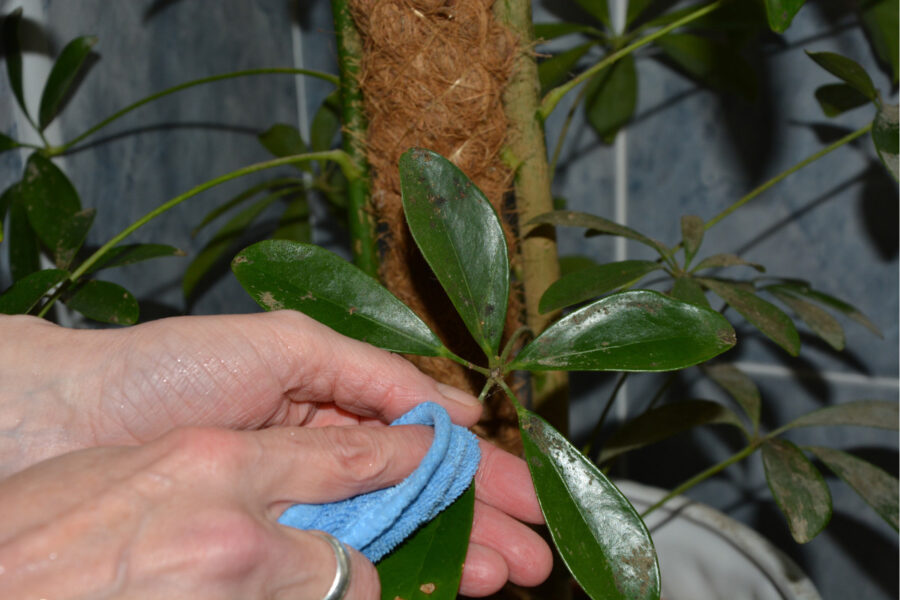
Winter is a testing time for houseplants because our homes, which mix hot, dry central heating with blasting draughts during the colder months, do not provide the humidity and warm temperate zones these plants need to thrive.
So how can we nurse our precious indoor plants through winter? Rob Clarke, Westland’s Technical Manager, believes that a little extra care, nurturing and thoughtful placing will see them safely through.
Don’t put them on windowsills that heat up on a sunny winter day, then experience a temperature crash at night, as this can cause leaf-drop.
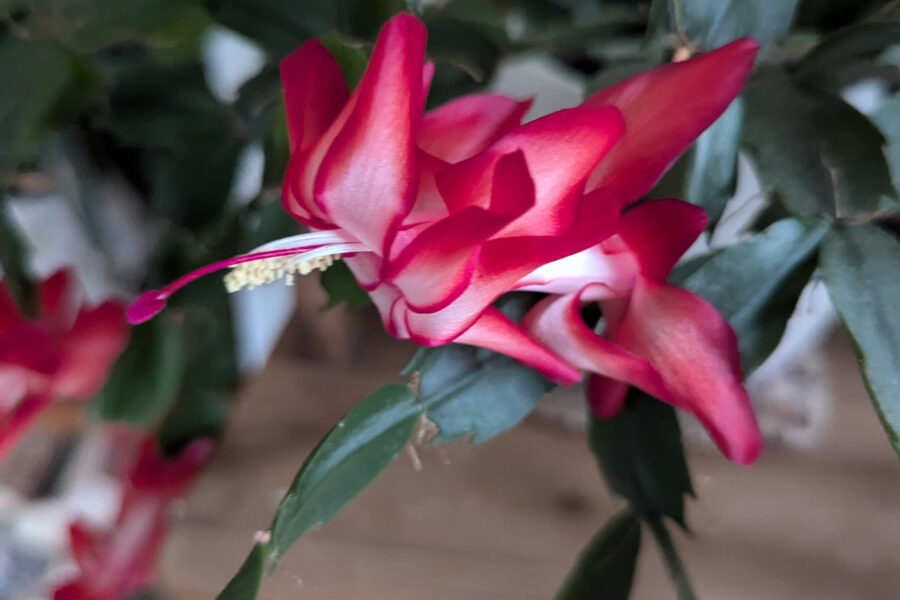
Make sure plants are moved to south- and west-facing rooms that get the most natural light during the short hours of the day, and avoid placing plants near direct sources of heat, such as radiators, heaters and fires.
Many house plants go dormant during winter and will only need watering when their compost is dry to the touch. Unless they are flowering (orchids, African violets and other gift plants, for example) there is no need to feed them.
Use room-temperature water, rather than cold, and mist their leaves to raise humidity and prevent the foliage turning brown and crinkly. I also move suitable plants apart from cacti and succulents to the bathroom where filtered sunlight, warmth and damp keeps them happy.
Finally, don’t forget to wipe their leaves to remove dust and pests that hinder photosynthesis.
Find more tips, advice and articles like this at the Amateur Gardening website. Subscribe to Amateur Gardening magazine now

